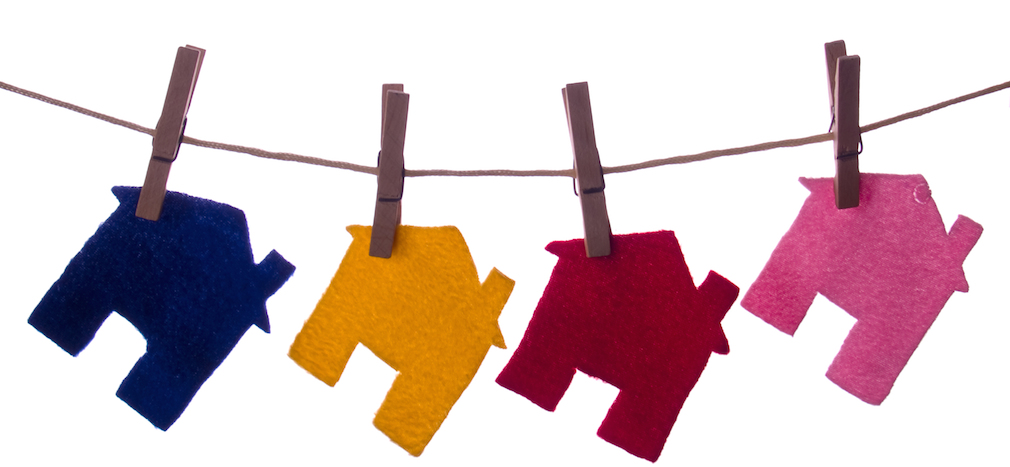Housing is not just becoming less affordable, it is also becoming more cramped for many across the U.S., according to a recent report released by Trulia.
About 14.7% of households had less bedrooms than family members, an increase of 0.5 percentage points from 2009, according to the report.
Unsurprisingly, larger, more expensive metros feel the cramp more than smaller metros. In addition, families with children feel the impact more than those without.
In its study, Trulia analysed the U.S. Census Bureau’s 2014 five-year American Community Survey data. It separated single-family households, and calculated how many rooms that family would need in their home. Married couples were counted as needing one room, whereas non-married adults and children were counted to need one room each.
The company found that, using these parameters, only 8.1% of households who own their home experience a space crunch versus 26.4% of households who rent.
Homeowners experiencing a space crunch decreased 0.3 percentage points from 2009’s 8.4%. On the other hand, the percentage of renter-households with a space crunch increased 0.6 percentage points since 2009.
Despite being more crunched for space, the family size for rental households is actually smaller at 2.3 than homeowner households at 2.6.
When dividing by area, Los Angeles, California, has the highest proportion of households experiencing a space crunch at 29.2%. New York City came in second at 25.2%, followed by Fresno, California.
According to Harvard University’s Joint Center for Housing Studies, the supply gap in 2015 was 400,000 units. Of course, that leads to price inflation on rental rates for existing units as well as driving developers to build.
On the other hand, homeowners in Richmond experienced the least space crunch at 4.1%. Cape Coral, Florida, came in second at 4.1%; followed by North Port, Florida, at 4.2% and Deltona, Florida, and Albany, New York, at 5%.
Click to Enlarge
(Source: Trulia)
The study showed that renters in the top 25 rental markets with a child made 21.4% more than a family without children. On the other hand, the cost of a three bedroom apartment is 35% higher than a one-bedroom apartment.
Click to Enlarge
(Source: Trulia)









